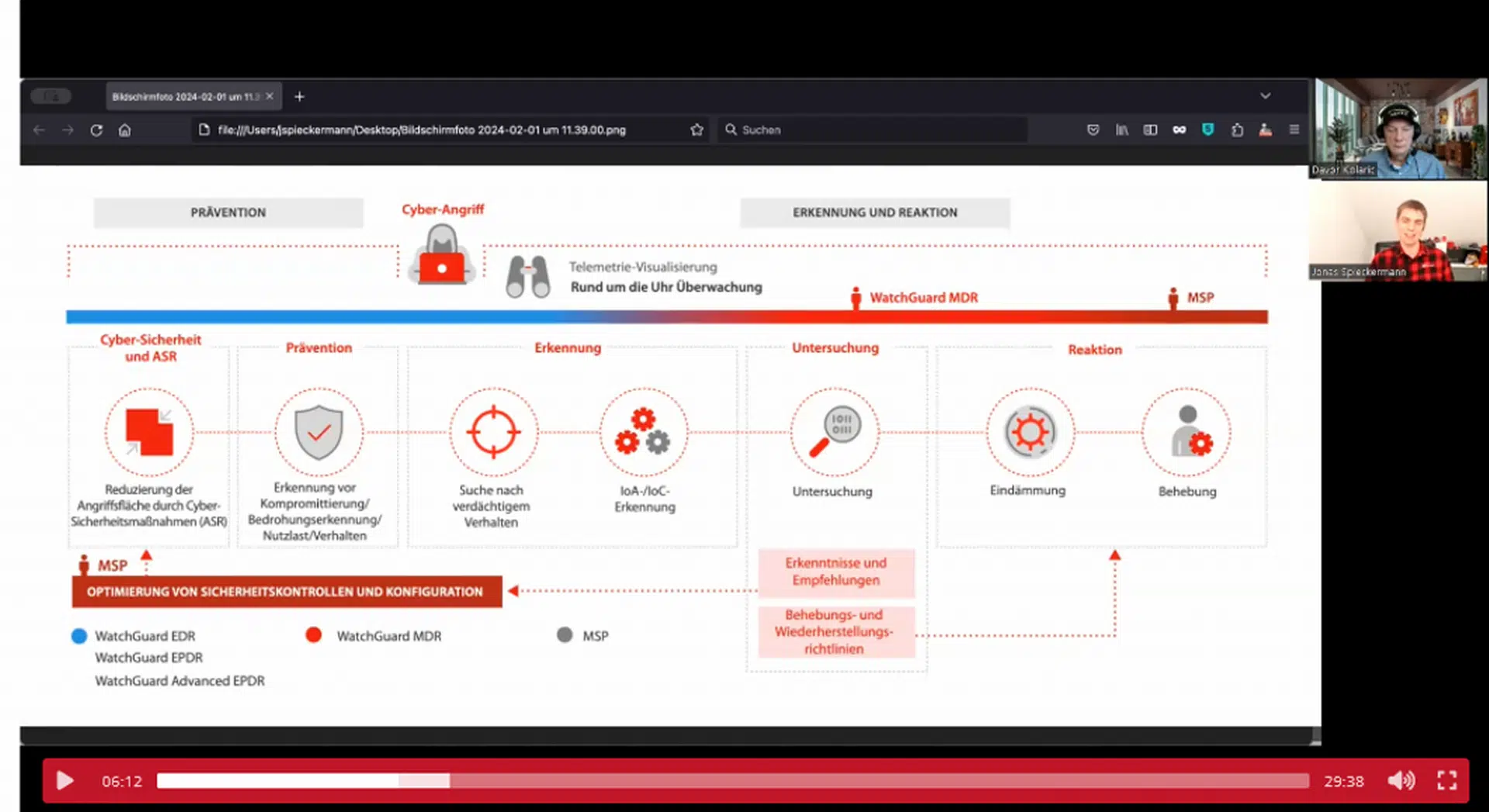
A new study from Juniper Research has found cumulative merchant losses to online payment fraud globally between 2023 and 2027 will exceed $343 billion. As a comparison, this equates to over 350% of Apple’s reported net income in the 2021 fiscal year; showing the massive extent of these losses.
Online payment fraud includes losses across the sales of digital goods, physical goods, money transfer transactions and banking, as well as purchases like airline ticketing. Fraudster attacks can include phishing, business email compromise and socially engineered fraud.
• Key Drivers: Online payment fraud losses are partly being driven by fraudster innovation in areas such as account takeover fraud, where a user’s account is hijacked. This is despite the wide employment of identity verification measures.
• New research report: Online Payment Fraud: Emerging Threats, Segment Analysis & Market Forecasts 2022-2027
• Free whitepaper: Fighting Online Payment Fraud in 2022 & Beyond
Innovation Needed in Fraud Prevention Strategies
The research found that in order to combat rising fraud, fraud prevention vendors must orchestrate the right mix of verification tools, at the most effective point in the customer journey, to best protect users, but that this will require significant capabilities to achieve.
Report author Nick Maynard explained: “Fundamentally, no two online transactions are the same, so the way transactions are secured cannot follow a one-size-fits-all solution. Payment fraud detection and prevention vendors must build a multitude of verification capabilities, and intelligently orchestrate different solutions depending on circumstances, in order to correctly protect both merchants and users.”
Physical Goods Largest Fraud Area
The research identified physical goods purchases as the largest single source of losses; accounting for 49% of cumulative online payment fraud losses globally over the next 5 years, growing by 110%. Lax address verification processes in developing markets are a major fraud risk, with fraudsters targeting physical goods specifically, due to their resell potential. As such, it recommends merchants adopt strong anti-fraud measures, including multiple sources of address verification and multi-factor authentication to reduce fraudulent incidents for physical goods merchants.
Fachartikel
Studien

Drei Viertel aller DACH-Unternehmen haben jetzt CISOs – nur wird diese Rolle oft noch missverstanden

AI-Security-Report 2024 verdeutlicht: Deutsche Unternehmen sind mit Cybersecurity-Markt überfordert

Cloud-Transformation & GRC: Die Wolkendecke wird zur Superzelle

Threat Report: Anstieg der Ransomware-Vorfälle durch ERP-Kompromittierung um 400 %

Studie zu PKI und Post-Quanten-Kryptographie verdeutlicht wachsenden Bedarf an digitalem Vertrauen bei DACH-Organisationen
Whitepaper
Unter4Ohren

Datenklassifizierung: Sicherheit, Konformität und Kontrolle

Die Rolle der KI in der IT-Sicherheit

CrowdStrike Global Threat Report 2024 – Einblicke in die aktuelle Bedrohungslandschaft

WatchGuard Managed Detection & Response – Erkennung und Reaktion rund um die Uhr ohne Mehraufwand












